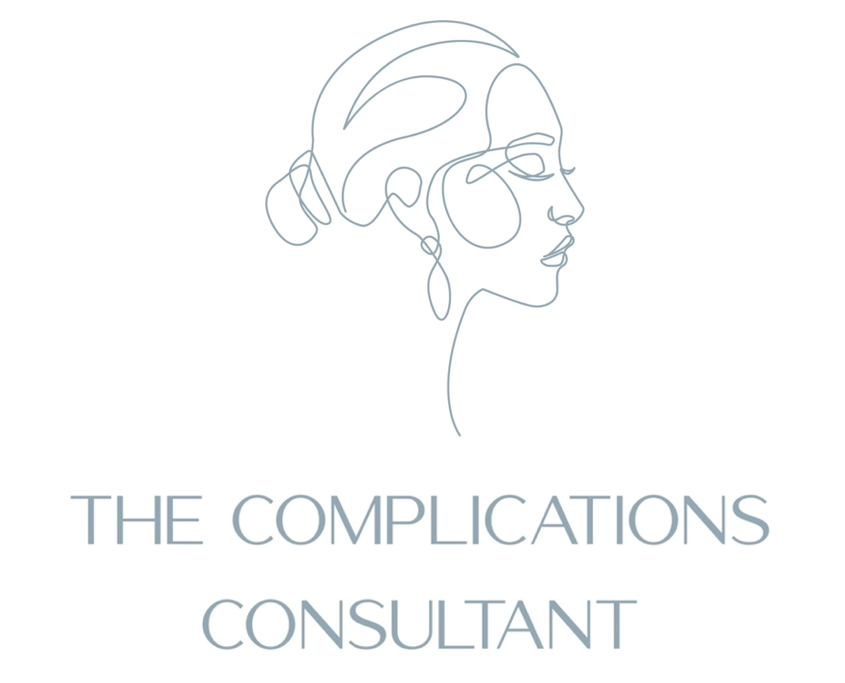Cause
A bruise is caused by blood that has leaked from the vascular system, as a result the escaped blood will spill into the tissues and is then visible under the skins surface. This can happen in various ways with aesthetic procedures as we are working with needles. Different vessels can include; veins, venules, arteries, arterioles, capillaries or tearing of vessels, most commonly with a cannula.
PETECHIAE
- Smallest of bruise, pinpoint 1-2mm
- Seen at needle entry points
ECCHYMOSIS
- Simply skin discolouration, medical term for a bruise
PURPURA
- Also small bruises, up to 1cm
HAEMATOMA
- Bleeding under the skin
- Forms palpable lump of clotted blood
- Most severe form of bruise


Understanding the variables that attribute to bruising should reduce the probability of them occurring. Ideally, we want to keep the occurrence of bruising as low as possible, thus making client satisfaction and retention rate ultimately much higher. The fact is you can experience little to no bruising from a highly intricate and more advanced procedure and a large traumatic looking bruise with the smallest simplest of procedures.
Three main factors are at play when considering bruising:
DEGREE OF TRAUMA; AMOUNT OF INJECTION SITES, TEARS TO TISSUE rapidly improved by injectors technique, anatomical knowledge and needle control being paramount to the success rate of this.
VOLUME OF BLOOD FLOWING THROUGH THE VESSEL AT THE TIME OF TRAUMA usually determined by cardiac output and thermoregulators in the skin. If a client has rushed to their appointment and has a raised blood pressure as result. They’re more likely to bruise as blood will be higher in the skins surface in the body’s bid to cool them down. Hormones also contribute to volume of blood in the skin in addition to recent alcohol intake due to its effects of vasodilation, a hot summers day and heavy exercise after a procedure.
RATE OF BLOOD CLOTTING AFTER TRAUMA HAS OCCURRED Medical history should be considered at consultation in relation to bruising, those that are on certain medications such as blood thinners, anti-platelets and HRT, although aren’t contraindicated from treatments entirely, should be advised before a procedure that they’re at a higher risk of bruising due to their medications. This is in the interests of informed consent and patient post procedural satisfaction and transparency. Alcohol intake can work in both ways; increasing and decreasing the amount of clotting time depending on the individual and amount of intake.



